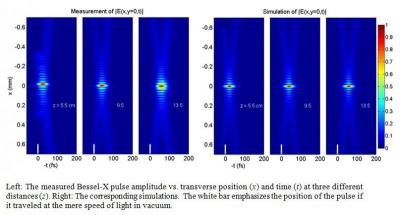Science Applications International Corporation (SAIC), a FORTUNE 500 company, has instituted the annual Georgia Tech Student Paper Competition for outstanding technical papers in the fields of engineering, physics, chemistry, applied mathematics, computer sciences, medicine, and science and technology policy written by students at the undergraduate, master’s, and Ph.D. levels. Senior Stefan Froehlich, double major in Physics and Mathematics, is one of the six winners of the 2010 SAIC $1,000 award for his single-author paper "Reducing continuous symmetries with linear slice" submitted to the competition. This research is supported by a Georgia Tech President’s Undergraduate Research Award and Prof. Predrag Cvitanović's National Science Foundation grant DMR 0820054.













